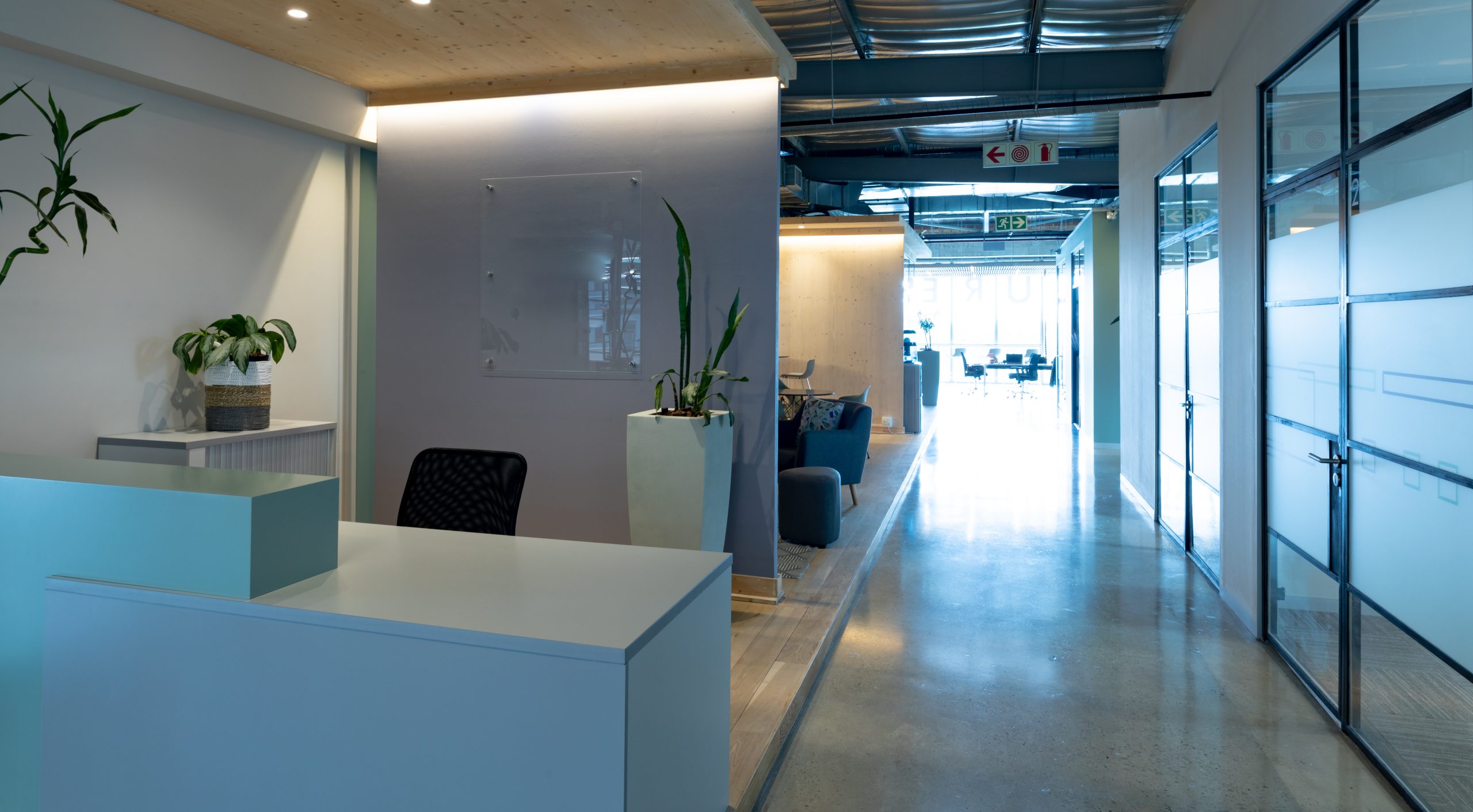
Receptionists are so common these days that they are found in almost every business. Normally they sit at the front desk of an office to help field questions, answer requests, and be the face of the company. They typically answer phone calls that come in requesting information and act as a messenger between clients and staff.
Have you ever wondered where the position began or how it will continue to evolve in today’s business world? Here is a further look at the position of a receptionist.
About Receptionists
Receptionists are employees in an office or administrative support position that typically perform their work in a waiting area, such as a lobby front desk. They are employed by an organization to greet visitors or clients, answer telephone calls, and help with electronic or paper files. They are commonly seen in hotels, doctors’ offices, automotive services, spas, and much more. For most receptionists, it is important to work in the front desk position, because their desk is typically the first thing a customer sees when entering the business.
Along with greeting visitors, they answer inquiries about the company, its products or services, and direct visitors to their destination. They typically sort and handle mail, answer phone calls, and book appointments. Many bosses will have their receptionist handle other tasks like serving coffee to guests, bookkeeping, or handling a cash machine.
How it all Began
Receptionists date as far back as the early 1900s. During this time period, women were preferred for this position over men. They were thought to be better at handling other women and children who visited a business. They were also considered more empathetic and naturally engaging, making them a prime fit for male customers.
The receptionist position was a gateway for women’s rights. Women in these days were told that they should only be able to stay at home, but this career was one of the first to open its doors to women employees. Women were no longer required to stay at home as mothers and wives. They now had other options to explore outside of being a homemaker.
The Future of Receptionists
The initial receptionist did not have many duties other than greeting customers, but in the last 20 years, the position has evolved. Receptionists today are typically required to answer phones, handle basic computer work, file paperwork, and more. But even this type of receptionist is slowly losing popularity to an even greater evolution–the virtual receptionist.
Companies of all sizes are now hiring remote receptionists that work from home to handle full-time receptionist work for their businesses. These contracted employees handle calls and appointments for a company from their own home or small office location, which saves the company a fortune. Receptionists like these can take credit card orders, schedule appointments, and take messages for a busy business owner.
With this new position, there is even greater innovative technology. The newest technology includes touch screens and 2-way video programs in which virtual receptionists can work via video services. The system allows for live receptionists to manage the lobby area from a remote location. They can greet visitors by being present on a displayed video on a wall or kiosk. They can manage a lobby from their own remote locations.
In addition to video receptionist capabilities, office automation has led to a decrease in the traditional in-house receptionist. These capabilities have eliminated the need for in-office call answering because calls can be answered by an automated attendant from any location around the world!
Traditional receptionists will probably never be completely eliminated because some companies still desire the face-to-face interaction customers can find when they arrive at a business. It is important to understand, however, that the position is decreasing in necessity. This provides a challenge for all current receptionists: Proving to their bosses why the business thrives better with them than it could without them.